13 Facts Every Dog Parent Should Know

Bringing a furry friend into your home is one of life’s greatest joys, but it also comes with big responsibilities. Understanding your dog’s needs helps create a Ahappy, healthy relationship that lasts for years.
These essential facts will help you become the best dog parent possible while avoiding common mistakes many new pet owners make.
1. Chocolate Can Be Dangerous

That innocent chocolate bar could send your pup to the emergency vet. The chemical theobromine found in chocolate can’t be properly processed by dogs.
Dark and baking chocolate contain the highest levels and pose the greatest danger. Even small amounts can cause vomiting, seizures, and heart problems.
2. Dogs Need Mental Stimulation
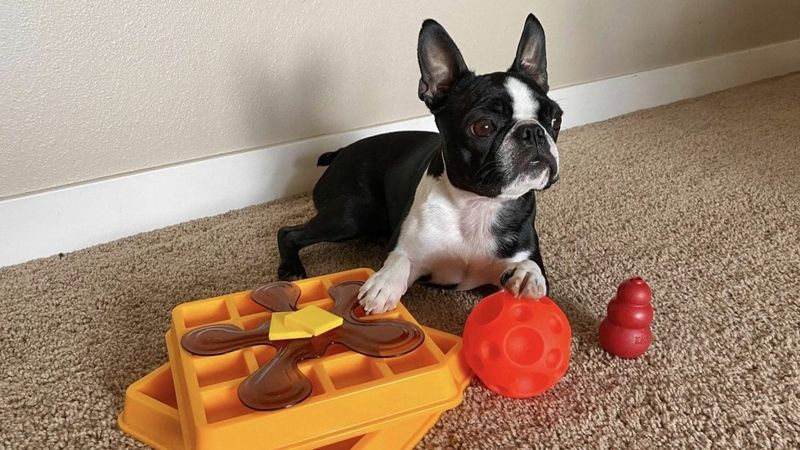
Your four-legged friend’s brain craves exercise just as much as their body does. Without mental challenges, dogs often become destructive or develop anxiety.
Puzzle toys, training sessions, and sniff walks engage their natural intelligence. Just 15-20 minutes of brain games daily can prevent many behavioral problems from developing.
3. Grapes And Raisins Cause Kidney Failure
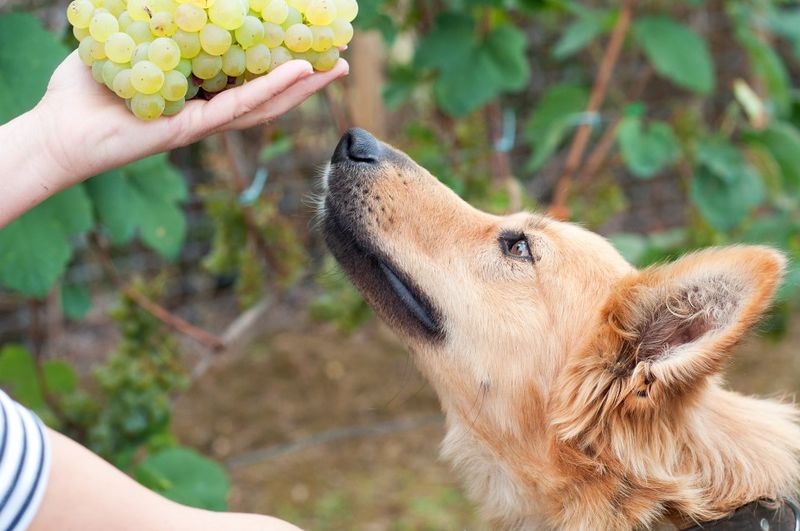
Surprising to many pet parents, these seemingly innocent fruits can trigger severe kidney damage in dogs. The exact toxic substance remains a mystery to scientists.
Even a small handful might lead to kidney failure. Watch for vomiting, lethargy, or decreased urination after accidental consumption and contact your vet immediately if you suspect your dog ate any.
4. Regular Dental Care Extends Life
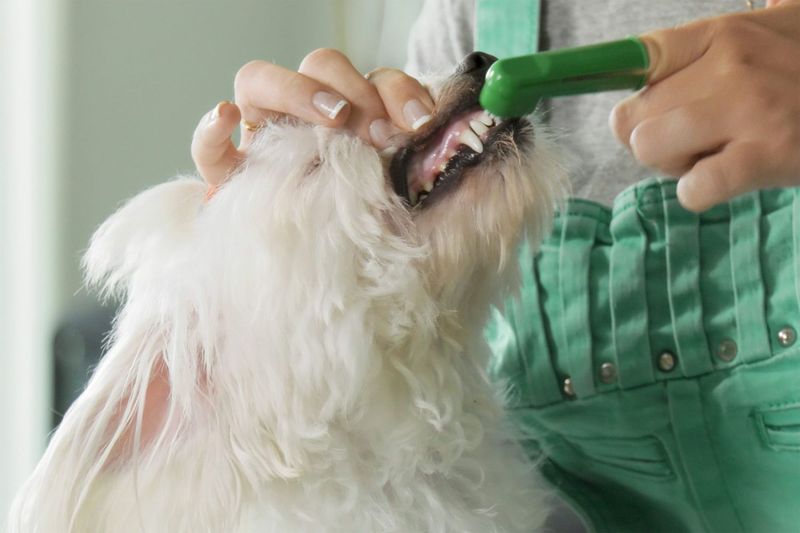
Brushing your dog’s teeth isn’t just about fresh breath. Dental disease affects over 80% of adult dogs and can lead to serious health issues.
Bacteria from infected gums can enter the bloodstream and damage vital organs. Starting a tooth-brushing routine early, along with dental chews and regular vet cleanings, can add years to your pup’s life.
5. Dogs Can’t Sweat Like Humans

Unlike us, dogs only have sweat glands in their paw pads. They rely primarily on panting to cool down when temperatures rise.
This limited cooling system makes them extremely vulnerable to heat stroke. Never leave your dog in a parked car, even with windows cracked, and avoid exercising during the hottest parts of the day.
6. Socialization Window Closes Early

Your puppy’s critical socialization period ends around 14-16 weeks of age. During this brief window, they form lasting impressions about what’s safe and what’s scary.
Positive exposure to different people, animals, environments and experiences during this time creates a confident adult dog. Missing this opportunity often leads to fear and behavior problems that are difficult to reverse.
7. Nose Temperature Doesn’t Indicate Health

Contrary to popular belief, a warm, dry nose doesn’t automatically mean your dog is sick. Nose temperature and moisture naturally fluctuate throughout the day.
Your pup might have a warm nose after napping or in a dry environment. Better indicators of health include energy levels, appetite, and behavior changes. Always trust your instincts if something seems off.
8. Yearly Vaccines Aren’t Always Necessary
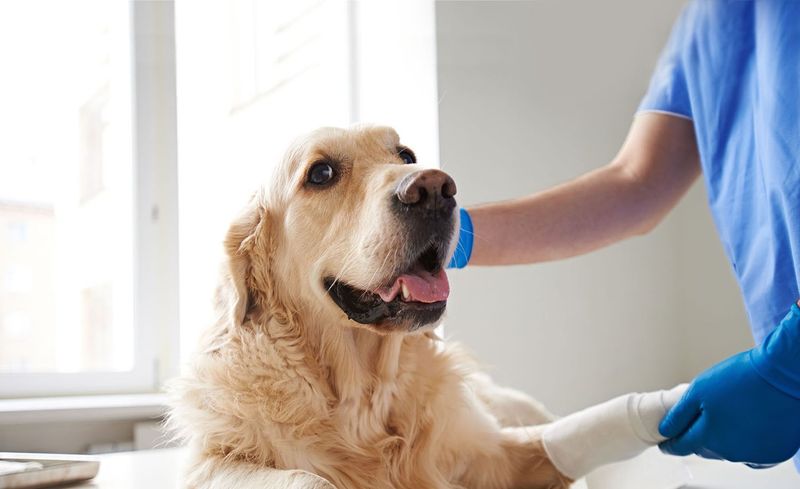
The one-size-fits-all annual vaccination schedule is becoming outdated. Many core vaccines provide immunity for three years or longer.
Over-vaccination may cause unnecessary side effects and reactions in some dogs. Talk with your vet about titer testing to check antibody levels before automatically revaccinating your pet each year.
9. Body Language Speaks Volumes

A wagging tail doesn’t always signal happiness. Stiff, high wags often indicate alertness or potential aggression.
Learning to read subtle cues like ear position, eye shape, and body posture helps you understand your dog’s emotional state. Pay special attention to yawning, lip licking, and looking away – these are calming signals dogs use when feeling uncomfortable.
10. Raw Food Carries Risks

Raw diets have gained popularity, but they come with serious health concerns. Uncooked meat can harbor harmful bacteria like Salmonella and E. coli.
These pathogens threaten not just your dog but your entire family. The American Veterinary Medical Association discourages raw feeding due to these risks. Consult your vet before making major diet changes.
11. Spaying/Neutering Timing Matters

Recent research challenges the traditional advice to spay/neuter at six months. For larger breeds, waiting until growth plates close (1-2 years) may reduce orthopedic problems.
The ideal timing varies by breed, size, and gender. Early spaying in females prevents unwanted litters but might increase certain cancer risks. Discuss the latest research with your vet to make the best decision.
12. Human Medications Can Be Harmful
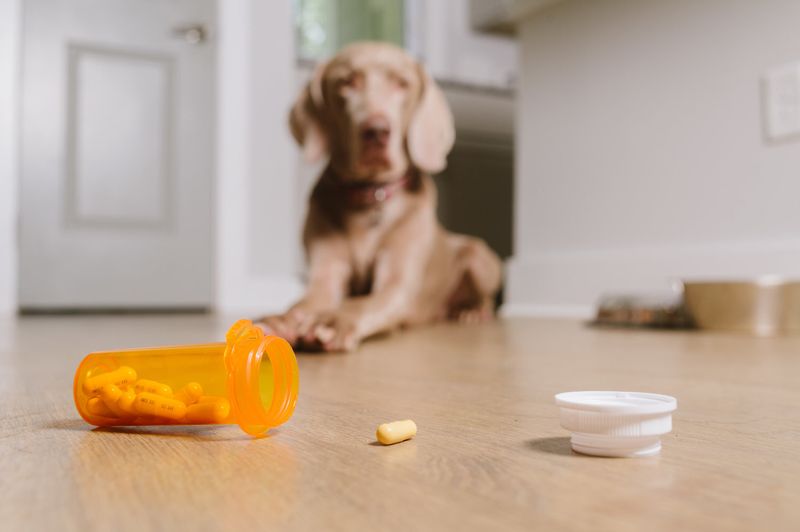
Medications commonly used to treat pain in humans – such as ibuprofen and acetaminophen – can cause serious harm to dogs. Even one pill may lead to kidney failure, liver damage, or internal bleeding.
Never give your dog human medicine without veterinary approval. Store all medications securely, and contact poison control immediately if you think your dog has swallowed any.
13. Positive Training Works Better

Fear-based training methods might stop behaviors temporarily but often create anxiety and aggression long-term. Dogs learn faster through positive reinforcement.
Rewarding good behavior with treats, praise, or play builds confidence and strengthens your bond. Modern trainers focus on teaching dogs what TO do rather than punishing what NOT to do.






